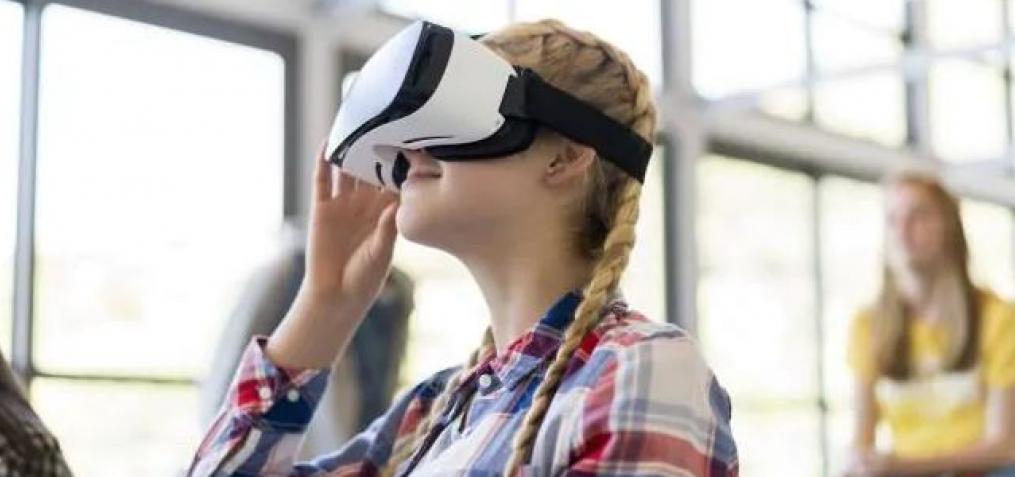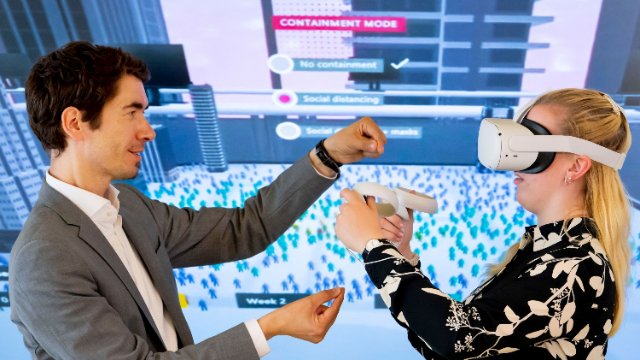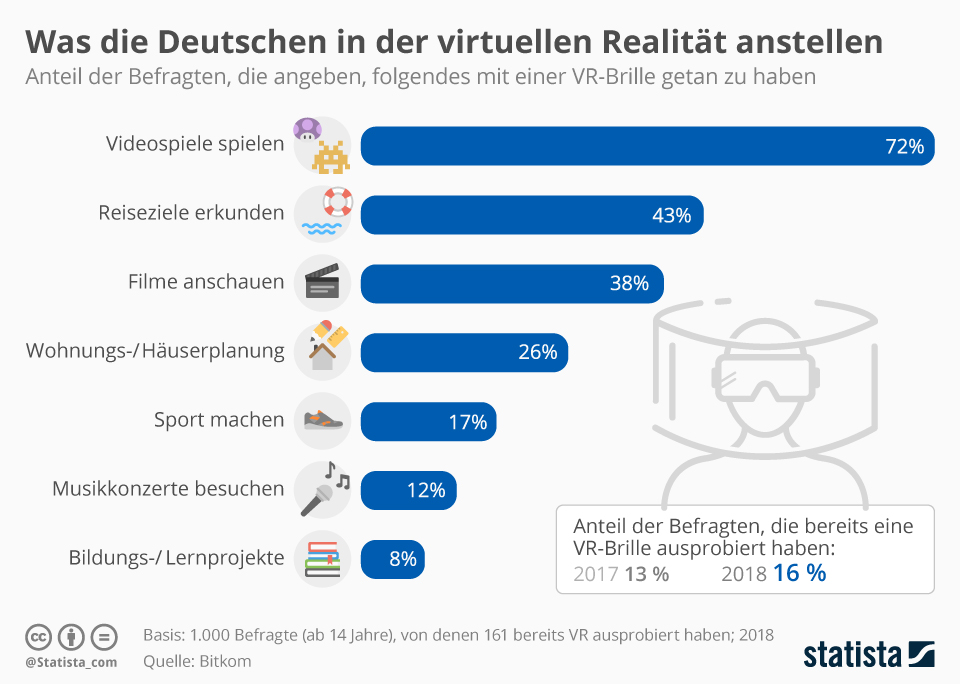Clever use of technology is bridging the gap between city and bush kids.
Narrabri is a classic Australian tiny-town of about 6000 – 7000 people, more than 550km northwest of Sydney. But the kids at the local high school now have the chance to experience real-life beyond their imagination, with a new Virtual Reality program.
The program is designed to give bush kids a similar kind of access to work experience that city kids get, in order to help them broaden their understanding of what kinds of jobs might be on offer once they finish school.
Trudy Staines, Secretary of the Committee of FUTURE EDU based in Narrabri said the program not only offers kids an insight into jobs that might be more city based, but could even help kids understand roles in space engineering, or detailed robotics. She went on to explain she had tried the program herself, in an industry many locals are familiar with: farming.
“I was up in the helicopter, mustering cattle. Then they had me on the back of a truck as the cattle were loading. Then I saw an abattoir, and finally, the meat in a restaurant. Being able to see something from its inception to the end product will open up a whole world of possibilities for the students.”
The program, funded by Santos, is part of a wider push of STEM education in the region.
Trudy said the nature of the region meant that a large number of jobs require an understanding of STEM.
“We want our students to be able to stay in our community. We have a lot of STEM industries here; from agriculture to engineering. And we need our students to come back and be a part of it. That’s how we’ll keep our little community viable and sustainable.” Trudy said she’s not only running programs for students themselves, but also teachers in the region, so they can take new technology and techniques back to their classrooms. “We ran a robotics training course for our teachers, and they loved it. It was great for the whole community, as it will expose our kids to new ideas.”
Many of the kids are on course to excel in the field, with students from the nearby town of Wee Waa recently selected to be a part of a major robotics competition in the USA. “They’re called the Bush Bots, and they did really well. They don’t have the resources of many schools in the city, so to be invited to the US was a huge achievement.”
While Trudy herself is based at the CSIRO, the whole community is in support of the push for more STEM opportunities for their kids.
“The Narrabri Shire Science Awards have been running for about ten years. We ask students to present their work publicly in local theatre, and it is judged by a local scientist.”
She said local industry is also on board, as they’re all aware of the critical need to keep young people in the region. “We have plenty of science days in local schools, and they’re attended by industry so kids can get a better understanding of work life.”
Trudy’s work mirrors the national push to increase our school’s participation in STEM subjects. In the two decades from 1992, participation in STEM fell sharply, even as enrolment in high school increased. Like Narrabri, a huge number of our regions are reliant on STEM skills to fill employment needs – one estimate is 75% of the fastest growing occupations will need STEM skills. Which is why we have to get in early, and show students just how enjoyable working in these fields can be.
A study by the University of Sydney in 2015 showed that more than 50 per cent of our high school graduates complete school with no science study at all. It’s a stat that worries Trudy, as she knows without pushing programs such as Virtual Reality, Robotics, or other industry-based STEM education, students in her region will have very few opportunities if they wish to stay in their home towns.
She implored local kids to keep finding the fun things they love about STEM study, and explore different fields. She’s hoping that by continually offering new opportunities, students will find a field that is attractive to them. “Our vision is to support the creation of a region of future ready citizens confident and competent in STEM, ready to work with and for local organisations.”
Quelle:
https://www.vrroom.buzz/vr-news/trends/how-vr-technology-giving-bush-kids-edge




